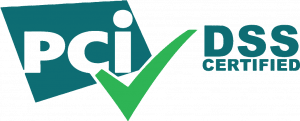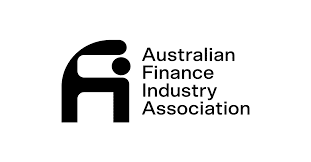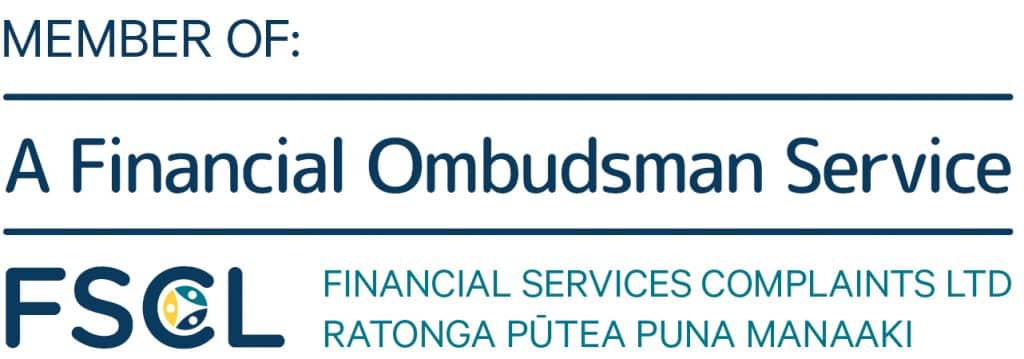By Michael B. Cohen
Vice President of Global Operations
MyChargeBack
In spite of the old adage “Let the buyer beware,” there are many options for consumers when they purchase items that do not arrive as expected. One method is the chargeback process, which is used when there is a merchant dispute over purchases that are not as promised or do not arrive at all. Many credit cards offer purchase protection which covers items that are lost or stolen.
Both chargebacks and purchase protection are useful tools for consumers who feel that they have unfairly lost money in a purchase. However, they apply to different situations and it is important to understand the difference between purchase protection and chargebacks.
In either case, consumers need to present the right documentation and file a claim correctly to achieve results and to get their money back. Using a financial services firm for fund recovery can bolster your case with the banks.
MyChargeBack experts provide guidance to consumers who are trying to recover their funds from broker disputes, forex scams, or other types of fraud. We can prepare your case for chargebacks and wire recalls. Talk to MyChargeBack if you have lost money in a purchase, whether it is a dispute or fund recovery from a fraud.
What Is Purchase Protection?
Purchase protection is a kind of and insurance offered by many major credit cards. Too many people have ordered items only to have them stolen from the lobby of their building or have purchased something online only to receive it in poor condition.
Purchase Protection, depending on the type of card, can reimburse customers for purchases up to $10,000. The amount customers are reimbursed may depend on how many points they have earned through the amount and number of purchases and the type of card.
For instance, the new Chase card, in addition to generous bonuses, can cover claims for clients up to $10,000 per purchase and $50,000 annually. Customers are covered for purchases they make that are stolen are damaged within a certain period of time after the purchase.
This may sound terrific, but it is important to keep in mind that a credit card company won’t simply cover claims, especially for expensive items, without supporting documentation or some proof that there was an incident that led to it.
For instance, some issuing banks will ask for a police report to support a claim that an item was stolen. Others will ask for extensive documentation proving that the damage was not the fault of the consumer.
Generally, the issuing bank will not reimburse customers if they have lost or misplaced an item. There has to be an incident that can be proven that led to the difficulty and the burden is on customers to prove that the incident was not caused by any mistake of theirs.
What Are Chargebacks?
Chargebacks, like purchase protection, are issued as the result of claims made by customers, but they are related to different situations. A credit card chargeback is not a reimbursement or a refund but is an actual reversal of charges on a credit card following a transaction.
A chargeback is not usually provided due to theft or a random incident that caused damage, but the chargeback process is usually initiated when the customer has a complaint against the merchant, an error or fraud.
The customer can file a chargeback claim against unauthorized charges to the card, which fits into the category of fraud, or when there is a dispute with the merchant over an item that is damaged, not consistent with what was advertised, or one that didn’t arrive.
The issuing bank will decide whether to consider the claim or not. In cases of suspected chargeback fraud, meaning the bank suspects the customer is abusing the chargeback process, the issuing bank will reject the claim.
If the issuing bank agrees to consider the claim, it will accept documentation from the customer and will present the case to the merchant’s bank. The merchant has a limited time to respond (the exact amount of days depends on the credit card). When the merchant has responded, the issuing bank will decide whether to honor or reject the chargeback claim.
When Do You Need Purchase Protection or Chargebacks?
Purchase protection and chargebacks have many similarities and differences. Understanding the distinctions can help consumers make the correct claim and can improve their chances of getting their money back.
Purchase protection can be utilized when neither the customer nor the merchant is at fault. It can be the result of an object that is damaged through faulty delivery or is stolen from the recipient’s property. If customers feel that merchants are at fault, they should pursue a chargeback claim rather than purchase protection.
Prior to filing a purchase protection claim, issuing banks may require proof that an item that is suspected as stolen was reported to the police. They will also ask for any documentation that will back up the customer’s claim.
The chargeback route is appropriate when a customer feels that fraud has taken place or that the merchant is to blame for not delivering an item as promised. Like the purchase protection claim, documentation is required of customers to provide evidence that will bolster their case.
How to Succeed at Fund Recovery
Whether you are filing a purchase protection claim for an item that was stolen right after it was purchased or a chargeback claim when you have a dispute with a merchant, you will need to present a claim properly and make a compelling case. Documentation and intelligence reports will help support your claim and put you in a better position to negotiate with issuing banks. MyChargeBack can prepare you for fund recovery success.
If you need to prepare a chargeback claim it is important to seek guidance immediately. MyChargeBack professionals can help you present documentation and can create an intelligence report that will bolster your claim and increase your chances of fund recovery success.






